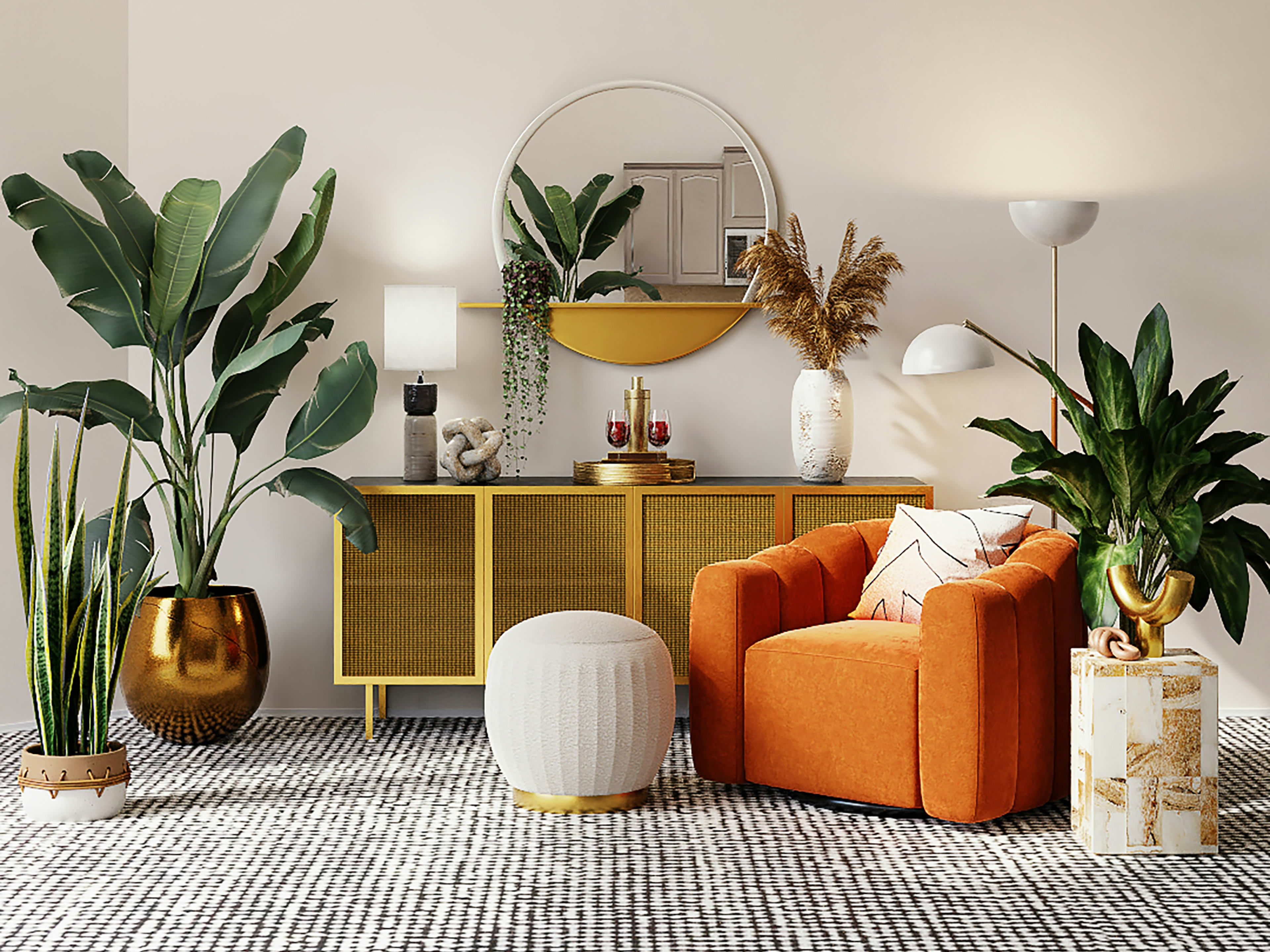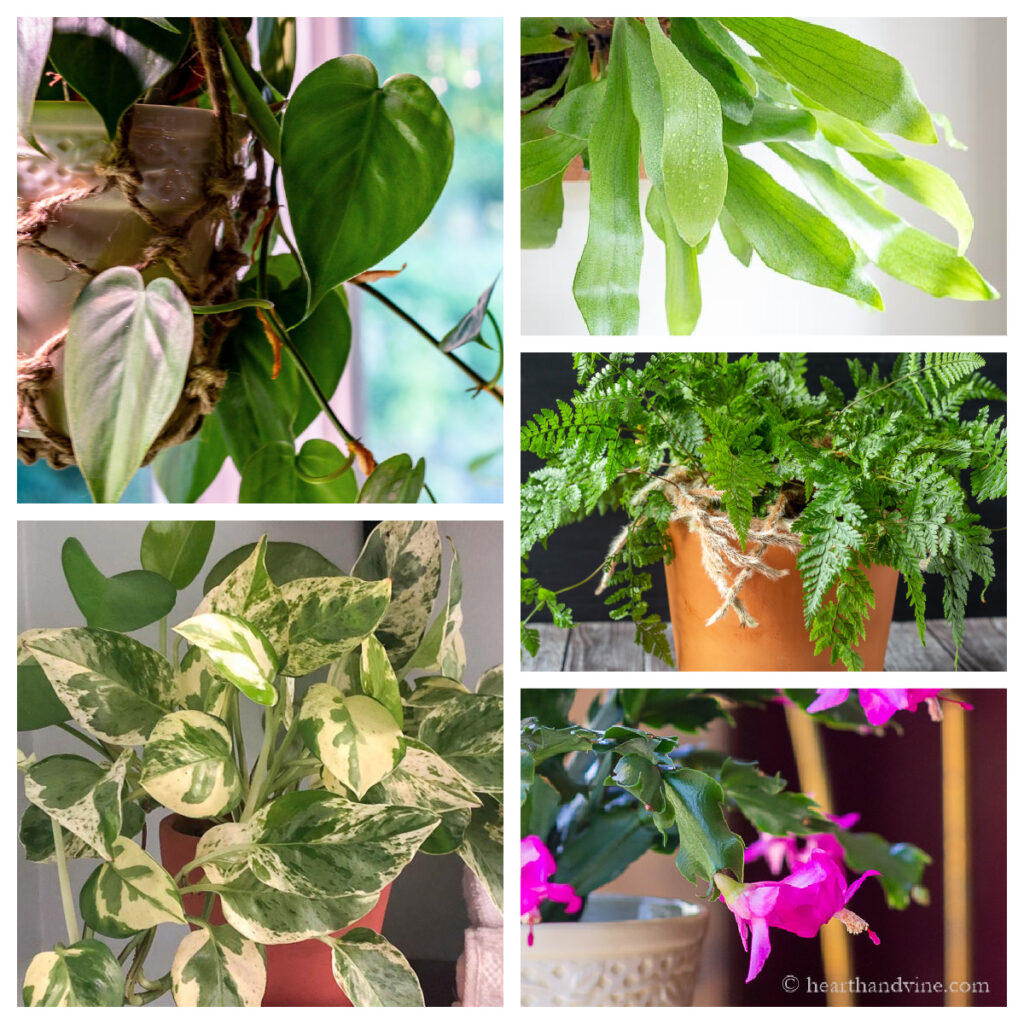Best Low-Light Indoor Plants for Creating a Relaxing and Green Environment
Best Low-Light Indoor Plants for Creating a Relaxing and Green Environment
Blog Article
Transform Your Home With Beautiful Low-Light Indoor Plants and Their Advantages
Integrating low-light interior plants into your home can considerably boost both the aesthetic and environmental high quality of your space. These plants, which thrive in dim problems, offer not only as attractive elements yet additionally as natural air cleansers, making them perfect for city dwellers or those with restricted sunshine direct exposure. As we discover the different types of low-light plants and their advantages, you might find unexpected methods to incorporate them into your home that can transform your environments in ways you might not have actually expected.
Benefits of Low-Light Plants
Low-light plants supply various benefits for interior atmospheres, making them a superb selection for both newbie and skilled garden enthusiasts. One of the main advantages is their adaptability to low-light conditions, allowing people to enhance their living rooms without the requirement for extensive sunshine direct exposure. This characteristic makes them excellent for homes, offices, and other areas with minimal natural light.

In addition, including low-light plants into home décor can raise the visual allure of a room. Their lush foliage and varied appearances produce a relaxing atmosphere, adding to total well-being. Finally, the visibility of greenery has actually been connected to lowered anxiety degrees and improved performance, making low-light plants a practical selection for enhancing both psychological and physical wellness in interior setups.
Leading Low-Light Indoor Plants
While lots of interior plants grow in brilliant light, several species are especially fit for low-light problems, making them suitable for different interior rooms. One prominent choice is the Serpent Plant (Sansevieria), understood for its striking upright leaves and strength, requiring marginal treatment. One more exceptional option is the Pothos (Epipremnum aureum), which features heart-shaped leaves and can trail wonderfully from wall mounts or racks, growing in reduced light and adding a lush touch.
The ZZ Plant (Zamioculcas zamiifolia) is commemorated for its glossy leaves and capacity to hold up against overlook, making it excellent for busy lifestyles. In a similar way, the Peace Lily (Spathiphyllum) not only endures low light however additionally generates sensational white blossoms, enhancing any space's visual.
For a special touch, consider the Cast Iron Plant (Aspidistra elatior), which indeed measures up to its name, flourishing in the darkest corners of your home. The Chinese Evergreen (Aglaonema) supplies a selection of leaf patterns and colors while being extremely forgiving in low-light problems. These plants not just improve indoor settings but also contribute to air filtration, enhancing your space.
Treatment Tips for Low-Light Plants

Watering practices Check This Out are critical; these plants usually prefer a little dry conditions. Overwatering can lead to root rot, so make certain that the top inch of dirt is completely dry before sprinkling again. Usage pots with water drainage holes to enable excess moisture to get away.
Moisture is an additional crucial element. Many low-light plants, such as brushes and peace lilies, take advantage of higher moisture degrees. To enhance humidity, take into consideration misting the leaves or positioning a tray of water near the plants.
Fertilizing must be come close to with care. Throughout useful reference the expanding season, utilize a watered down, balanced liquid plant food on a monthly basis to sustain growth, yet avoid fertilizing throughout the dormant winter season.

Creative Ways to Present Plants
Indoor plants can offer as fascinating focal factors in any type of space, improving both aesthetic appeal and ambiance. Creative screens can raise the aesthetic influence of low-light plants, making them an indispensable component of your home style. One effective method is to utilize tiered plant stands, which permit you to showcase numerous plants at varying elevations while maximizing floor space.
Hanging planters are one more cutting-edge alternative, creating a feeling of deepness and drawing the eye up. Take into consideration macramé hangers or wall-mounted racks to introduce a distinct texture and style.
For an extra structured method, usage geometric terrariums or glass containers to house your plants, including a contemporary touch to your interior yard. You can also repurpose classic items, such as teacups or wooden dog crates, for an eclectic display screen that mirrors your character.
Enhancing Home Atmosphere With Plants
Incorporating low-light plants right into your home not only improves aesthetic charm but also contributes considerably to the general setting. These plants serve as natural decor elements, presenting a sense of peace that can transform any space. The presence of plant promotes a soothing environment, which is specifically beneficial in high-stress atmospheres such as office or living areas.
Low-light plants, such as snake plants, pothos, and ZZ plants, are not just cosmetically pleasing but additionally enhance indoor air high quality by filtering system contaminants. This dual feature improves the ambiance even more, producing a much healthier home (Best low-light indoor plants). The critical placement of these plants can additionally affect the perception of space; as an example, tall plants can draw the eye up, making ceilings appear greater and areas more roomy
Additionally, varying structures and colors of vegetation include deepness to interior decoration, permitting innovative expression in home designing. Whether positioned on shelves, in corners, or as focal points, low-light plants can elevate the mood of any kind of space. In summary, including these plants into your home is an effective way to cultivate a warm, welcoming environment while profiting of improved air high quality and aesthetic adaptability.
Conclusion
Including low-light indoor plants into home atmospheres provides various benefits, including improved aesthetic appeal and improved air high quality. These resilient plants, look at here such as the Snake Plant and Peace Lily, require minimal light and maintenance, making them appropriate for varied way of lives.
While numerous interior plants thrive in brilliant light, a number of types are specifically well-suited for low-light conditions, making them perfect for numerous indoor areas. One effective method is to make use of tiered plant stands, which enable you to display multiple plants at varying heights while taking full advantage of floor area.
Low-light plants, such as serpent plants, pothos, and ZZ plants, are not just visually pleasing however also boost interior air quality by filtering system toxins. Best low-light indoor plants. The tactical placement of these plants can also influence the understanding of room; for instance, tall plants can draw the eye upward, making ceilings show up greater and areas a lot more spacious
These resistant plants, such as the Serpent Plant and Peace Lily, require minimal light and maintenance, making them suitable for diverse lifestyles.
Report this page